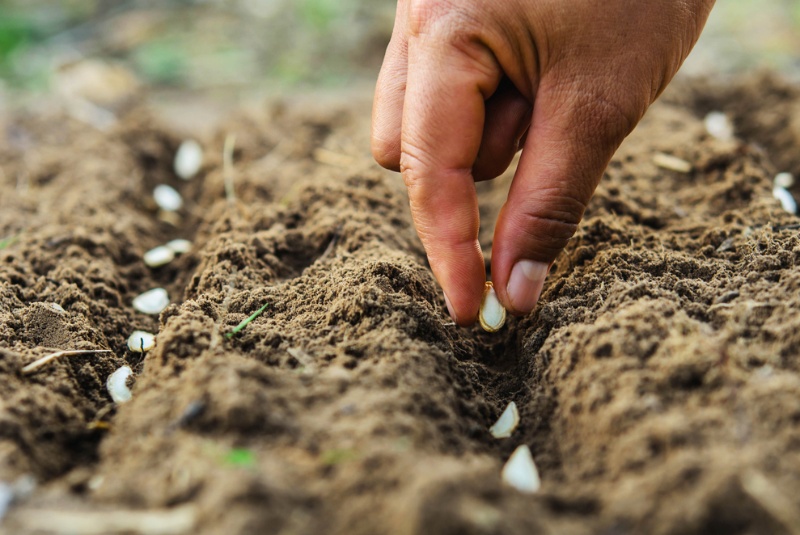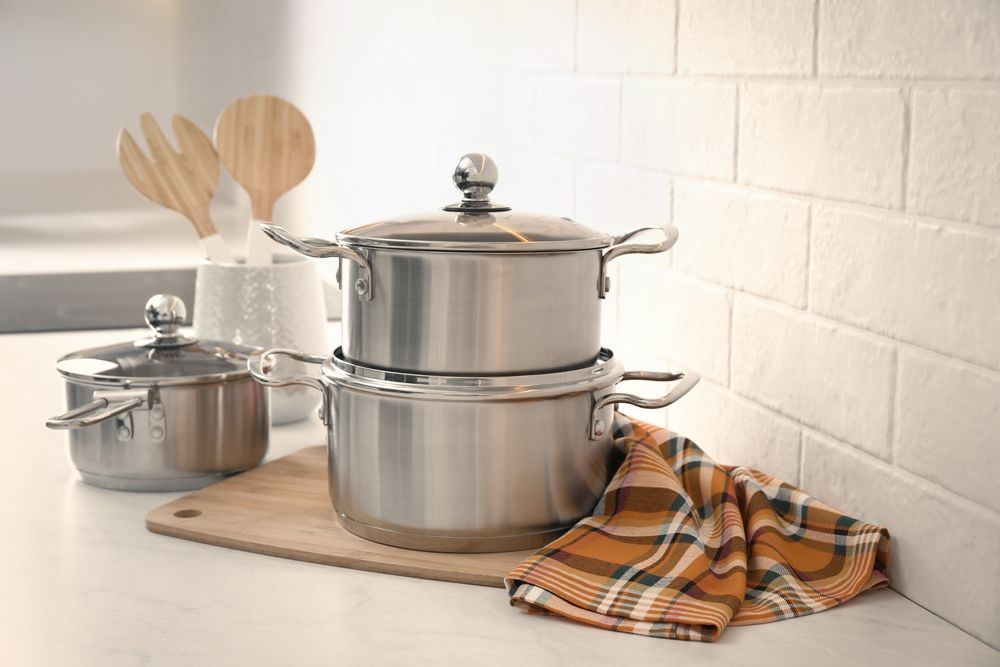When it comes to making a dent in your grocery budget, growing your own food can be a game-changer. Cultivating a garden allows you to enjoy fresh, organic produce without breaking the bank, while also reaping the mental and physical benefits of gardening. In this article, we will provide you with practical tips on how to start and maintain a thriving garden that will help you save money on groceries and contribute to a more sustainable lifestyle.
- Plan and Prepare Your Garden Space
First and foremost, select an appropriate location for your garden. Choose an area that receives at least six hours of sunlight per day and has well-draining soil. If your yard is limited in space or sunlight, consider container gardening or vertical gardening options.
After selecting a site, prepare the soil by removing any weeds, rocks, or debris. You may need to improve the soil’s quality by adding compost, aged manure, or other organic materials. Proper soil preparation is essential for the healthy growth of plants and can significantly impact your garden’s productivity.
- Choose the Right Crops for Your Climate
To maximize your garden’s yield, it’s crucial to plant crops that are suitable for your climate and growing season. Research your region’s hardiness zone to determine which plants will thrive in your area. Local gardening clubs or nurseries can also provide valuable insights and recommendations.
Opt for plants that offer high yields, such as tomatoes, zucchini, and beans. To save even more money, consider growing plants that can be expensive to purchase at the store, like herbs, berries, or specialty vegetables.
- Start from Seeds or Seedlings
Starting your plants from seeds can be more cost-effective than purchasing established plants from a nursery. Many seed packets contain more seeds than you’ll need for one season, so you can save the extras for future use or share them with friends and neighbors.
If you’re a beginner gardener or pressed for time, you may opt for seedlings or small plants from your local nursery or garden center. Although they may be more expensive initially, they can provide a head start in the growing process and potentially yield a harvest more quickly.

- Make Your Own Compost
Composting is an affordable and environmentally friendly way to improve your garden’s soil quality. By composting kitchen scraps, yard waste, and other organic materials, you can create nutrient-rich compost that will help your plants grow strong and healthy.
In addition to providing essential nutrients, compost also helps improve soil structure, retain moisture, and prevent pests and diseases. By creating your own compost, you’ll save money on store-bought fertilizers and contribute to a more sustainable gardening practice.
- Practice Companion Planting
Companion planting involves placing plants that benefit one another in close proximity. Some plants can help deter pests, attract pollinators, or improve soil quality, which can result in a healthier and more productive garden.
For example, planting marigolds among your vegetables can help repel harmful insects like aphids and tomato hornworms. Similarly, planting basil alongside tomatoes can enhance their flavor and help deter pests. Research different companion planting combinations to make the most of your garden space and reduce the need for chemical interventions.
- Preserve Your Harvest
One of the most significant advantages of growing your own food is the ability to preserve your harvest for future use. Freezing, canning, and dehydrating are all excellent methods for storing excess produce, which can save you money by reducing food waste and supplementing your grocery purchases during the off-season.
- Maintain Your Garden Regularly
A well-maintained garden will generally be more productive and require fewer interventions. Regularly water your plants, weed your garden, and monitor for pests and diseases to ensure the health and vitality of your crops. Additionally, pruning and pinching back certain plants can promote more vigorous growth and higher yields. Establishing a consistent maintenance routine will help you avoid potential problems and minimize the need for costly interventions.
- Save Seeds for Future Seasons
To further reduce your gardening expenses, learn how to collect and save seeds from your plants. Many vegetables, fruits, and flowers produce viable seeds that can be saved for future use. By saving seeds, you’ll not only save money on future seed purchases but also contribute to preserving plant varieties and biodiversity. Make sure to research proper seed-saving techniques for each plant species, as the process can vary significantly.
- Swap and Share with Other Gardeners
Finally, consider joining a local gardening community, either in-person or online, where you can swap seeds, seedlings, or plants with other gardeners. This practice allows you to try new varieties without incurring additional costs and fosters a sense of camaraderie among fellow garden enthusiasts. Sharing your gardening experiences, successes, and challenges can also provide valuable insights and support throughout your gardening journey.
Growing your own food can be an incredibly rewarding experience, both financially and personally. By following these practical tips, you can create a thriving garden that nourishes both your body and your wallet. So, roll up your sleeves, grab your gardening gloves, and start cultivating a more sustainable and budget-friendly lifestyle today!




